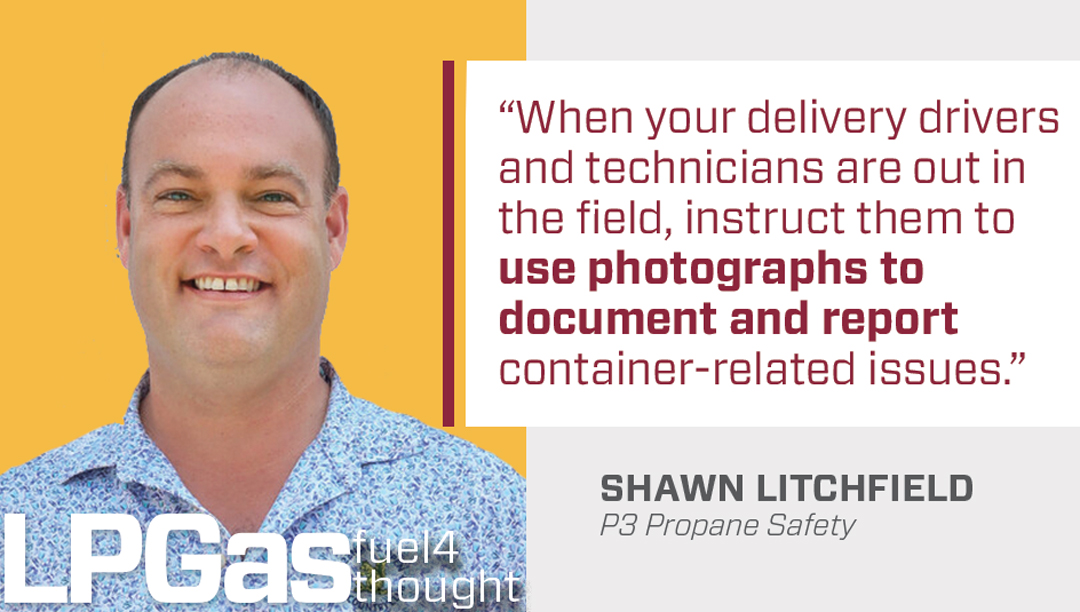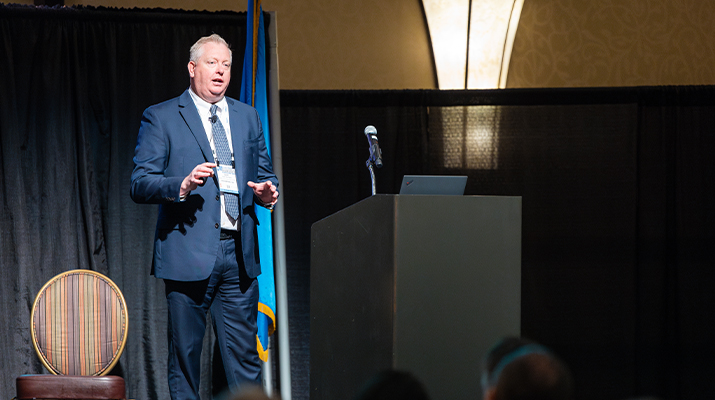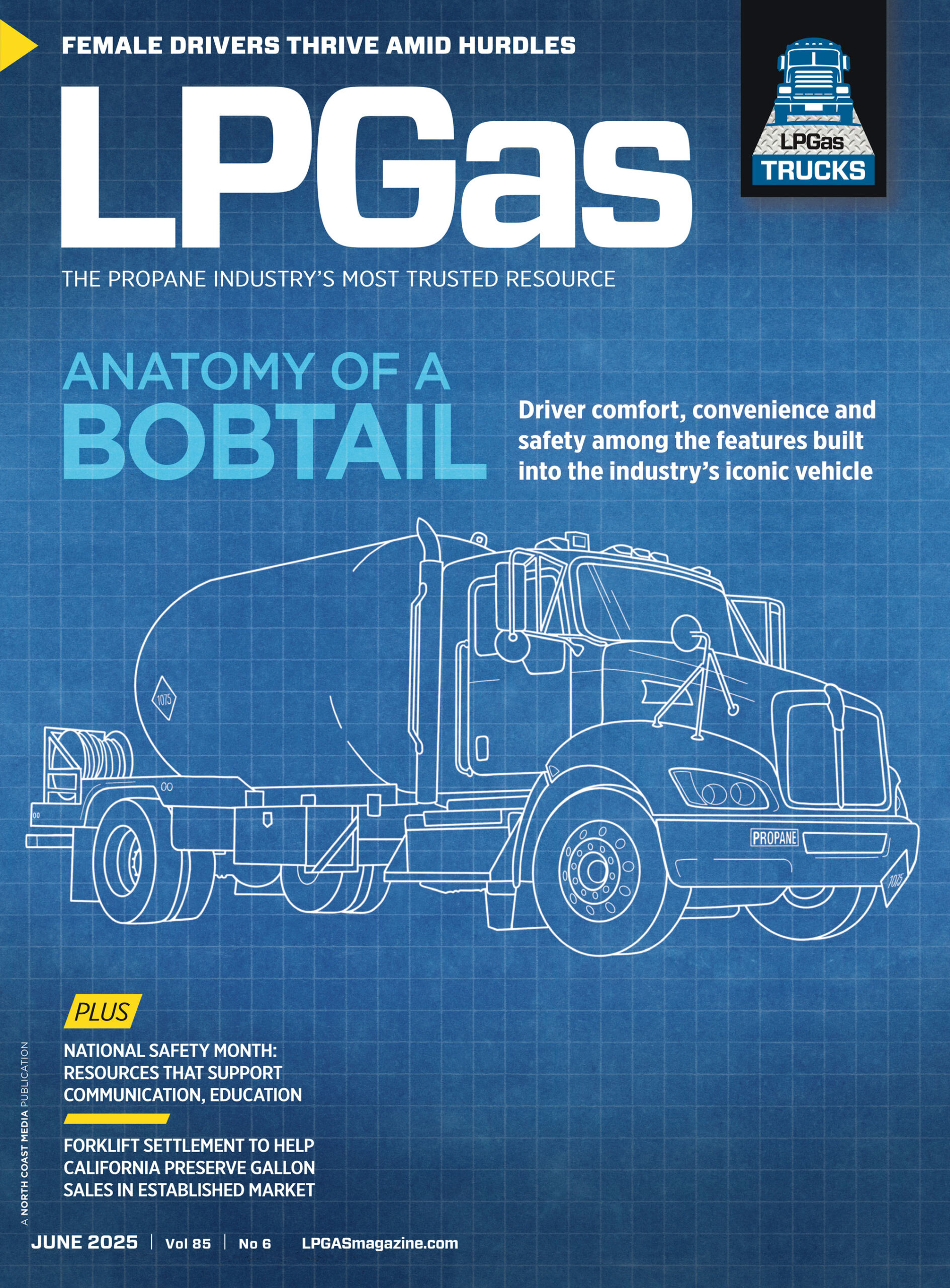Document propane container installations
The risk of a propane accident increases dramatically if a container is located too close to a building opening or source of ignition.
Once you understand the importance of compliance with NFPA 58 container siting requirements, you’ll be able to spot them in seconds, whether you’re on the job or taking a leisurely Sunday drive.
The good news is compliance issues can be corrected – if you are aware they exist. A photo documentation system can assist with this process.
For new customers
Fifty percent of all propane accidents are caused by do-it-yourself homeowners. If there is a catastrophic incident, you don’t want your word to be put up against theirs. Fortunately, photo documentation can help you avoid this threat.

A photo review process is key to resolving container compliance issues. (Photo: eyecrave productions/iStock / Getty Images Plus/Getty Images)
By clearly detailing what photos your field team should take, you’ll ensure that your business is meeting NFPA 58 requirements. I recommend taking pictures of the container looking back at the structure to help management clearly identify that the container meets set-back requirements from sources of ignition, building openings and property lines.
It’s important for your management team to review the photos of your new tank sets and new customer installations. Otherwise, your documentation could actually work against you in the case of an incident.
The most common issues our team sees are containers that are too close to a building opening or source of ignition and regulators that need remote venting.
Providing immediate feedback when the container in question is still on the technician’s or driver’s mind is the key ingredient for success in the future – rather than waiting until months down the line when the set is out of mind or seasonal drivers may not even be with your company anymore. This type of coaching works well because field teams want to avoid return trips to the job site when possible. If they must go back to move a container that is too close to a building opening, for example, they’ll keep that in mind and employ the feedback the next time they find themselves in a similar situation.
For existing customers
How does your company report container-related issues, identified for remediation when delivering propane or providing service in the field, to the office? Many methods, such as writing on the back of the delivery ticket or calling the office, let important follow-ups slip through the cracks.
Instead, use photo documentation to your advantage. When your delivery drivers and technicians are out in the field, instruct them to use photographs to document and report container-related issues.
Be sure to have a process for organizing those photos when they come in; pictures organized in a dashboard enhance your process for documenting situations that need follow-up. If anything looks wrong, you can identify the problem right away and schedule a remediation rather than waiting weeks or months for a different technician to inspect the property and notice the error.
Taking a quick photo of a noncompliant container is much easier than filling out a report after the fact. Photo documentation increases the chance that your team will report the issue rather than letting it slide.

Choosing a platform
Don’t settle for a photo documentation platform that simply allows you to upload photos to a customer’s account. The review process is key to driving these container compliance issues to resolution. Instead, choose a platform specifically designed for the propane industry that can help your management and field teams with the tools necessary to stay compliant with NFPA 58 industry standards.
Shawn Litchfield is the regional vice president of P3 Propane Safety. You can reach him at shawn_litchfield@bostonenv.com or p3propane.com.
















